

Jump to Content
This is the role that most people don’t like getting into due to being seen as “boring” and “tedious”, which is far from reality as it can be fun to play with as long as players know how to do so properly. The support role is one of great importance in League of Legends as it literally separates victory from defeat.
Perhaps the biggest thing about support is that most people don’t like playing them. That’s quite sad since this role is actually quite diverse with a great number of champions that can do many different things in the game. Despite the name and people’s preconceived notions, the support role is not stuck in just one box. Playing it more helps players learn how diverse it can really be, and you can find your own favorite support champion to play with.
Support champions tend to have subpar offensive capabilities and low health, but they do make up for it with other things like good abilities and some defense. There’s little to no room for taking the initiative when playing support due to the nature of the role, so you are mostly stuck backing up the carry.
However, that’s not necessarily a bad thing since you’re crucial to laning and other phases of the game. Also, support champions do start to shine in the late game when some items have been acquired and the momentum starts picking up. That’s where you can really start affecting the fight in more ways than one.
The support is more important than the AD carry during the early and mid phases of the game. In fact, ranged support champions are able to deliver more damage than the AD carry during this time; champions such as Lulu, Nami, Zyra, Sona, Annie, Karma, Thresh, Lux, and so on. This lets you harass enemy carries without worrying too much of retribution.
Playing melee support is a bit harder since you can’t poke as well, but you should get better attack damage and crowd control. In this case, you’ll have to be active in finding chances for hard engages when an enemy happens to be out of position, especially in the bottom lane, which calls for a bit more aggressiveness to take control of it.
Don’t focus on the enemy AD carry as enemy supports could be more vulnerable targets. If you see enemy champions like Sona, Fiddlesticks, Zyra, Lux, or others that are known to be squishy, then try to take them out if you can. Beware though if you are playing one of those champions yourself though as you should never be hit by a tower or enemy champion at all.
It’s very important to take second level on the bottom lane before the enemy does as it decides where the momentum goes there. As a support, you must help your lane partner push through by attacking minions and get to second level earlier to gain the advantage.
You can roam the middle lane and assist the jungler whenever it’s needed, and that’s where map awareness comes in. You need to keep your eye on the map to see where your AD carry, jungler, and mid-laner are to know if you’re needed. As mentioned, due to good damage and crowd control abilities, support champions hold up quite well in the early and mid game, so learn to take your chances from time to time.
It’s common to see support players in Bronze, Silver, and Gold that are very passive, which is not the way to go in the long run. A good support player reacts immediately when an enemy champion is out of position. There is a reason why in the statistics of LoL, a lot of the top 20 positions in terms of winrate are held by support champions, and that’s with good reason.
You must always mind your positioning so that you don’t take damage from the enemy. You must always do your best to not get hit, and hit back if ever you do get hit. Never give your enemy free damage in lane; that’s the mindset you must take upon as a support.
But with that said, do remember that you should only trade with a ranged carry. You should keep yourself from going nuts against enemies in the bottom lane. Your main job is to back your AD carry up, so engage only when he does and keep him from dying at all cost.
Speaking of the AD carry, you shouldn’t last hit when he’s there since that’s what he’s supposed to do. If you last hit, you’re stealing gold from him, which he could use to buy the items he needs. Remember that he needs it way more than you do, so only last hit when the AD carry is back home.
Always ward the river when your lane is exposed. If your lane is being pushed, it means that there would be no river gank. Take note that while the dragon should be warded to know if the enemy is getting to it, the tri-bush doesn’t need it as much since you’ll be conserving wards for later in the game.
You can counter dragon wards with pink wards, which allow vision and ability to destroy enemy wards. It gives you control over the dragon and blind it for your jungler to kill more easily. If the enemy team does the same with a pink ward, you should get a pink ward and go back to it since you need control of that dragon, no matter what.
It’s a good idea to ward the enemy wraith camp during the start of the game so that you know where the enemy jungler is. That should let you know if you have a chance to go aggressive or need to retreat when it looks like a gank is coming. This is a good precautionary measure, just in case.
Finally, master your abilities, wards, runes, masteries, and so on. Run defensive runes and masteries to survive whatever may come, and time your abilities and wards to make a difference in the game.

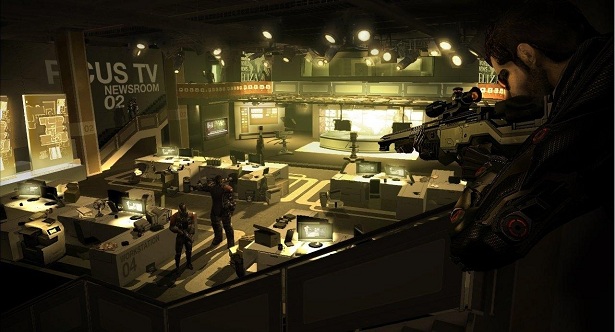
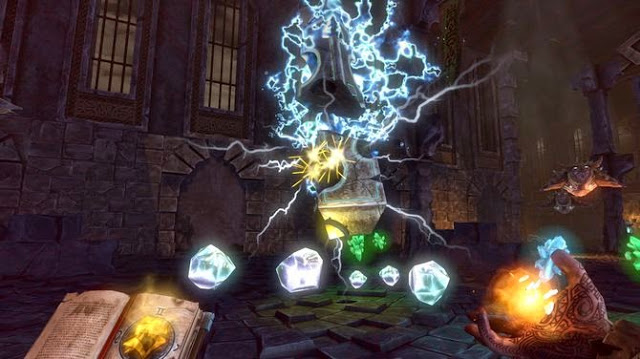

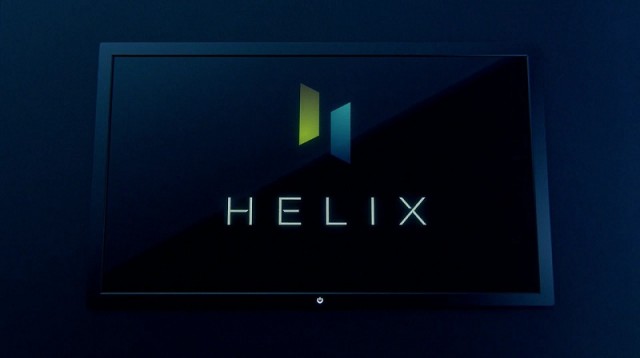 How to Earn Helix Credits and Exchange with Rewards in Assassin's Creed Syndicate
How to Earn Helix Credits and Exchange with Rewards in Assassin's Creed Syndicate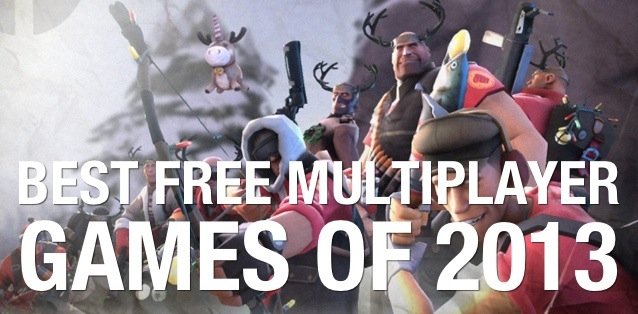 Best Free Multiplayer Games of 2013
Best Free Multiplayer Games of 2013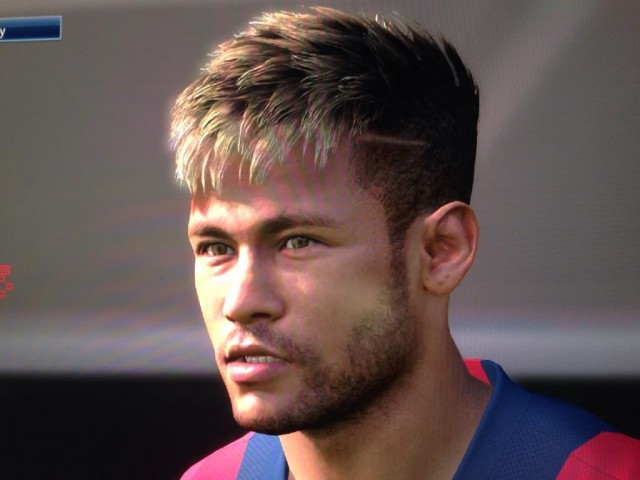 How to fix Pro Evolution Soccer 2015 PC DLL Error, Low FPS Issue, Crashes, Controller Issue and more
How to fix Pro Evolution Soccer 2015 PC DLL Error, Low FPS Issue, Crashes, Controller Issue and more Fallout 4: How to Find All Perk Magazine Locations
Fallout 4: How to Find All Perk Magazine Locations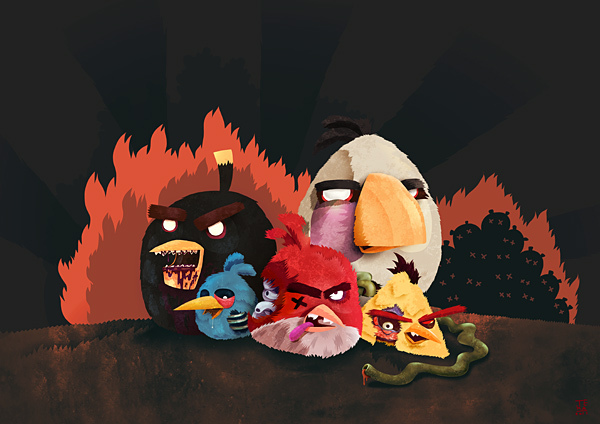 Angry Zombie Birds Want to Feast on Your Brains
Angry Zombie Birds Want to Feast on Your Brains